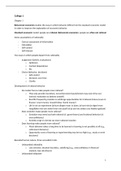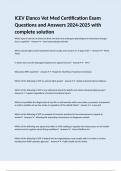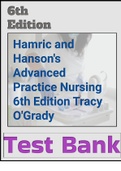Samenvatting
VOLLEDIGE TENTAMENSTOF: samenvatting colleges + boek microeconomics and behaviour UEC10406
- Instelling
- Wageningen University (WUR)
Volledige tentamenstof met een samenvatting van de hoofdstukken van het boek voor het tentamen en de colleges. Na de college aantekeningen staat de samenvatting van het bijbehorende hoofdstuk.
[Meer zien]














